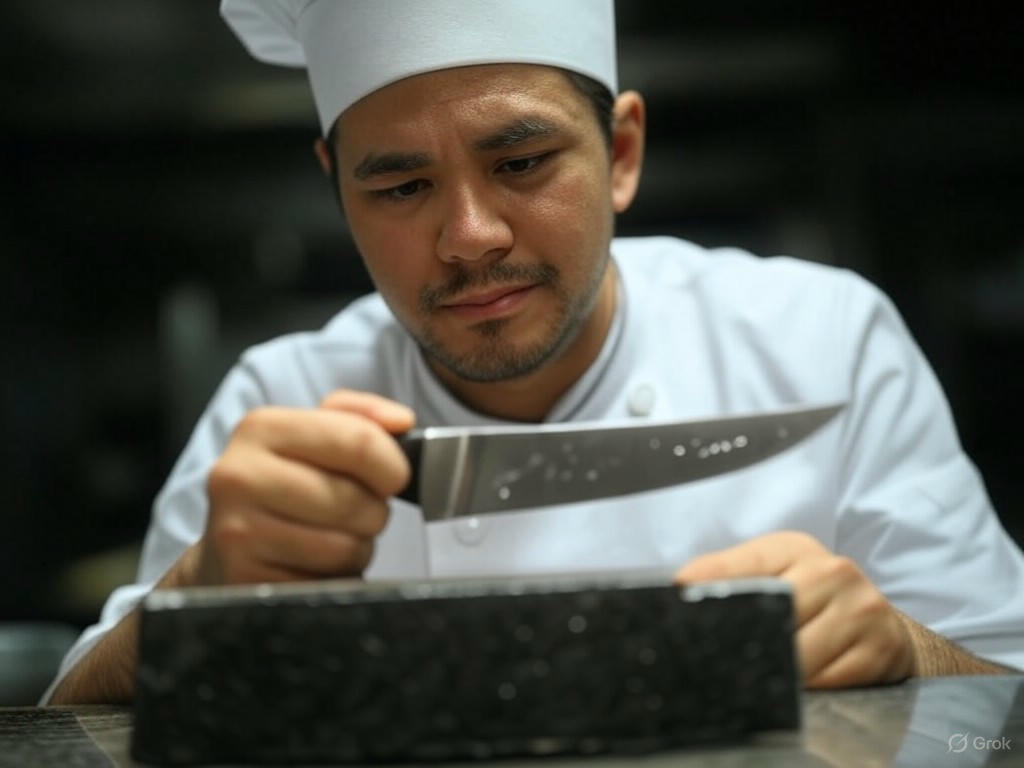Mastering knife skills is essential for anyone passionate about cooking. Whether you're a professional chef or a home cook, understanding the techniques of chopping, dicing, and slicing not only enhances your culinary creations but also improves efficiency and precision in the kitchen. This guide will delve into the key aspects of knife skills, including safety and sharpening, to help you elevate your cooking game.
Understanding Knife Skills
Knife skills are the foundation of culinary arts. They involve a variety of techniques that allow cooks to prepare ingredients quickly and accurately. The primary techniques include chopping, dicing, and slicing, each serving a specific purpose in the kitchen.
Chopping
Chopping is a basic knife skill used to cut food into irregular pieces. It's commonly used for ingredients that will be cooked down, like onions for a stew. To chop effectively, hold the knife firmly and use a rocking motion, keeping the tip of the knife on the cutting board.

Dicing
Dicing involves cutting food into small, uniform cubes. This technique is crucial for dishes where even cooking is necessary, such as in a stir-fry or salsa. To dice, first slice the food into even strips, then cut across the strips to create cubes.
Slicing
Slicing is used to cut food into thin, even pieces. It's ideal for items like tomatoes or meat for a sandwich. To slice, use a smooth, steady motion, ensuring the knife moves straight through the food.
Safety First
Safety is paramount when handling knives. Always keep your fingers curled under and away from the blade's path. Use a sharp knife, as dull knives are more likely to slip and cause injury. Additionally, always cut on a stable surface and keep your work area clean to prevent accidents.
Sharpening Your Knife
A sharp knife is essential for effective and safe cutting. Regular sharpening maintains the blade's edge, ensuring precision and efficiency. You can sharpen your knife using a whetstone or a sharpening steel. Always follow the manufacturer's instructions for the best results.

Enhancing Efficiency and Precision
To enhance your efficiency and precision, practice your knife skills regularly. Start with soft foods like tomatoes and progress to harder items like carrots. Consistent practice will help you develop muscle memory, allowing you to cut faster and more accurately.
Conclusion
Mastering knife skills is a journey that requires patience and practice. By understanding the techniques of chopping, dicing, and slicing, prioritizing safety, and keeping your knives sharp, you can significantly improve your culinary skills. Whether you're preparing a simple meal at home or a complex dish in a professional kitchen, these skills are invaluable.
Embrace the art of knife work, and watch your culinary creations reach new heights of excellence.